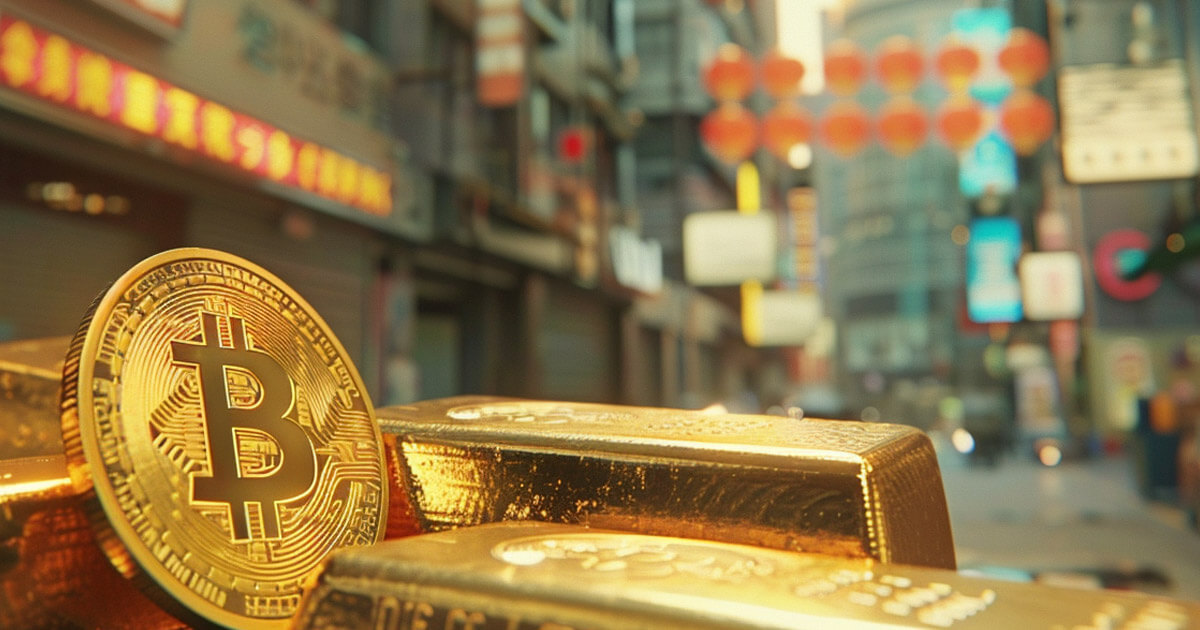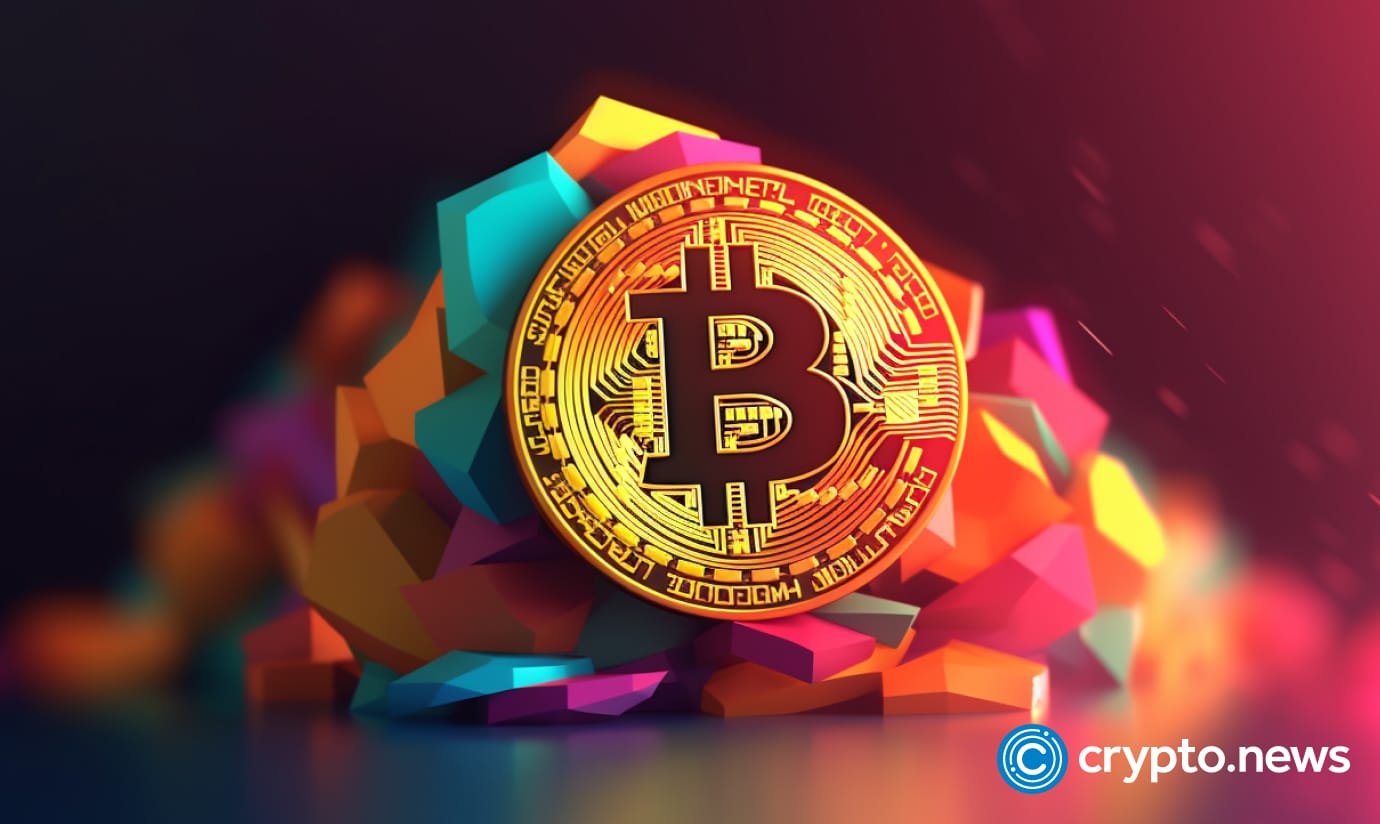2018-10-24 19:00 |
In 2017, when the price of Bitcoin reached parity with gold (by the ounce), cryptocurrency grabbed the attention of gold investors around the world for the first time. The parity, however, was short-lived, as Bitcoin has drastically dropped in value since. In 2018 so far, Bitcoin has shed its price by more than 50 percent at times from its year-end price of $13,000 in 2017.
The age-old stability of gold, however, has survived the trials of time, consistently providing real value to all investments. Gold prices have been on an upward climb since 2011, and are expected to provide a profit opportunity of 300 percent by 2020 as investors flee to gold as a safe haven from market uncertainty and political turmoil.
The idea of a gold digital currency has always had an appeal for those looking for an alternative payment system, much before the era of bitcoin and blockchain technology. Not long after the internet went mainstream E-Gold emerged as the first digital currency backed entirely by gold in 1995. At its peak, millions of people around the world were using this service across hundreds of countries.
However, like other similar platforms that cropped up during the time, E-Gold’s downfall was inevitable. As the number of users increased, servers buckled under the growing traffic load, hanging transactions and frustrating users. Cyber scammers also entered the scene, launching a sortie of phishing attacks against users, tricking thousands of them into disclosing their E-Gold passwords before draining the accounts. The final nail to the coffin was the system being used for malicious activities such as money laundering, as users could anonymously permit users to open accounts and transfer funds without trace anywhere in the world.
Although the concept behind digitizing gold for transactions may not be new, advancements in technology have enabled the realization of this concept better than ever before. Blockchain technology, for instance, allows for fast, secure and transparent peer-to-peer transactions, visible on distributed ledgers around the world. All transactions are logged and made available on a public ledger, helping to verify authenticity and preventing fraud. The underlying technology that facilitates these transactions and eliminates the need for an intermediary is the blockchain. Stored on thousands of servers around the world, the capacity blockchain technology holds is limitless, allowing for millions of transactions to take place within seconds around the world.
This presents an unparalleled opportunity to combine the age-old reliability of gold as a store of value with the efficiency of the blockchain as a medium of exchange. There are now more than 1,500 cryptocurrencies being traded on about 190 exchanges around the world. Many of these are backed by a wide variety of resources including fiat currency, oil, copyrights – and even memes. Needless to say, gold emerges as a leader in the search for a reliable asset to form the basis for cryptocurrencies.
But what other factors need to come into play to safeguard this is a success?For a gold-based cryptocurrency to be widely adopted, it must secure the liquidity it promises to achieve. This can only be done through a 1:1 allocation, with each coin representing a physical amount of gold, secured in safe vaults around the world. This allows for a liquidity event on the tokens and currencies, allowing investors to choose to exit or continue to participate as the assets form their price point.
To move this currency away from just being an investment to a usable medium of exchange, it is also critical to make sure users have the ability to spend this digitized gold as fiat currency through a debit card, accepted as widely as Visa/Mastercard. To defy Gresham’s law and overcome the failures of other asset-backed currencies, it is also important to incentivize transactions and ensure constant movement within the system. This can be done by attaching a unique multifaceted yield system that promotes exchange and fairly shares the wealth generated according to participation and capital velocity.
By bringing these factors together, the potential of a gold-based cryptocurrency is enormous. Not only will it address the increasing volatility in the cryptocurrency market, but it will also allow gold to make its way into an internationally usable monetary system – bringing cryptocurrencies up to the gold standard they need to be at.
The post Bringing Cryptocurrencies Up to the ‘Gold Standard’ appeared first on CryptoSlate.
origin »Golos Gold (GBG) на Currencies.ru
|
|
















